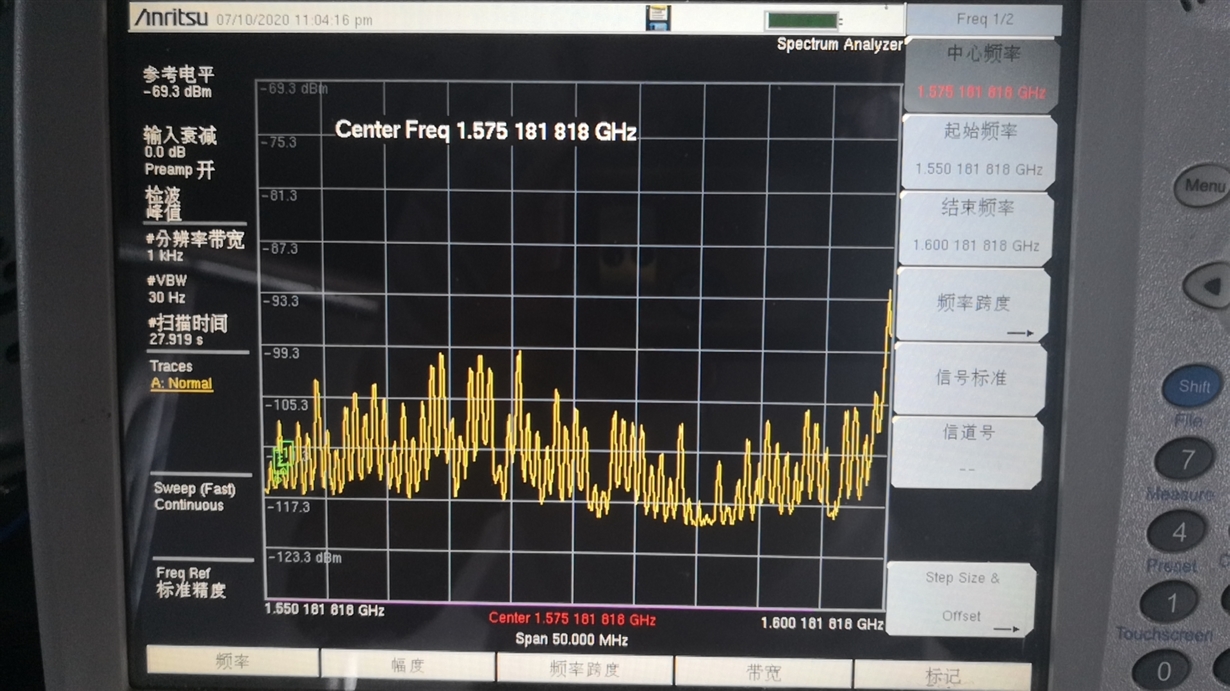Other Parts Discussed in Thread: DS90UB954-Q1
Hi all,
I'm developing FPD Link-III interface automotive cameras with UB960 and UB953 pair. However, I met EMI issue when using our system with other RF type modules, such as GPS. It interfers the GPS signal severely when the GPS antenna is close to the Coax cable during video streaming. I have two questions about this issue:
1. I checked UB960 datasheet, and found that Spread-Spectrum Clocking (SSC) option can be applied to mitigate EMI. But, how to using this SSC feature on UB960?
2. I switched UB960 external REFCLK to internal REFCLK (both 25MHz), the EMI level seemed to be much lower, but the video stream turned to be incomplete. With internal REFCLK(25MHz), I recieved only about 1/3 active image data per frame. So, what's the matter?
BTW, some other information may be useful. The UB960 is working in CSI-2 synchronization mode with external REFCLK=25MHz. The video stream is 1.7Mpx/40fps or 1.7Mpx/25fps.
Looking forward to advices and guidances. Thanks very much.
Sincerely,
Steve Pan


